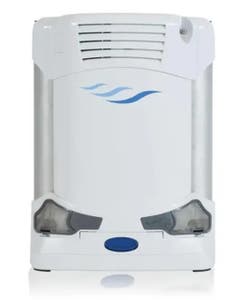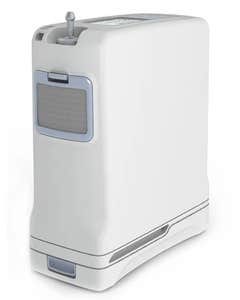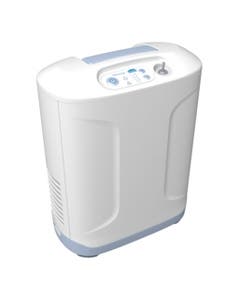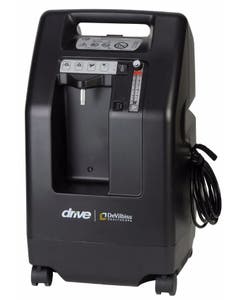When patients with respiratory illness need assistance breathing, oxygen concentrators are often the solution. They allow patients to manage their own respiratory care at home, and on the go with portable oxygen concentrators.
Oxygen concentrator technology is always advancing. Here are some of the latest developments to help make respiratory care easier and more effective.
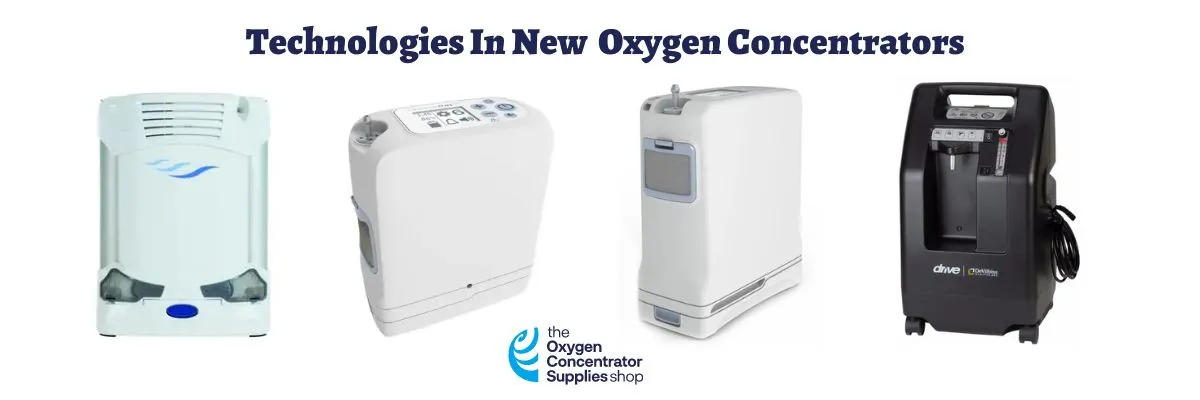
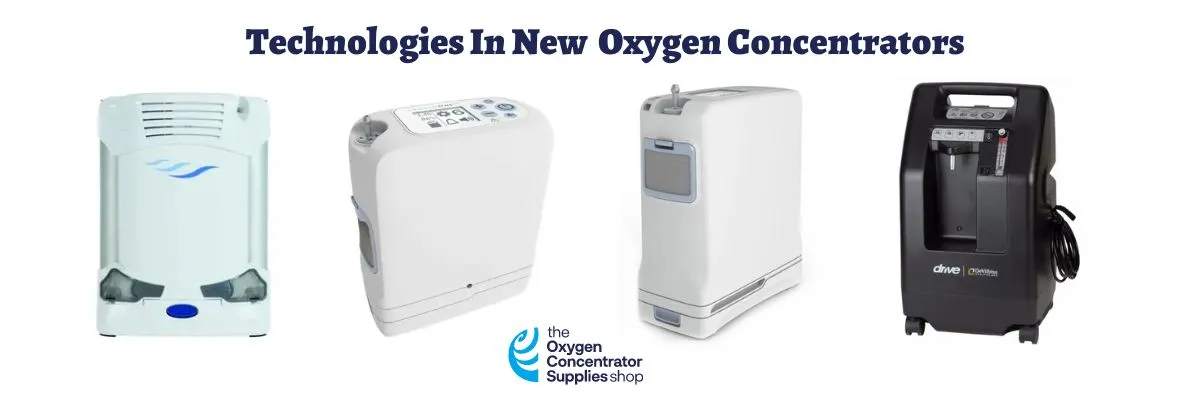
Understanding Oxygen Concentrators
Unlike oxygen tanks, oxygen concentrators use ambient air to produce pure oxygen. This means they never need to be replenished like oxygen tanks. Oxygen concentrators provide two oxygen flow options for patients: pulse flow and continuous flow. Both regulate the breathing rate depending on the needs of the patient and the severity of the respiratory illness.
Oxygen Concentrator Basics
An oxygen concentrator draws air from the environment. The air is compressed inside the oxygen concentrator and passed through a sieve bed filter system. As it passes through the filter, the other gas in the air—nitrogen—is removed. What remains is pure oxygen, which is delivered to the patient through a nasal cannula or mask.
Evolution of Oxygen Concentrators
- In the 1970s, oxygen concentrators were introduced as an alternative to oxygen tanks for home respiratory care.
- By the 1980’s and 90’s oxygen concentrators became smaller and more efficient, using less electricity and becoming lighter in weight and more compact so they could be more easily moved around the household.
- By the early 2000’s portable oxygen concentrators were invented. The new mobile design allowed patients to take their respiratory care with them on the go. Advances in battery backup systems kept portable oxygen concentrators fully charged, which made it more convenient for patients to spend more time away from home while still receiving the respiratory care they needed.
- During this time the FAA cleared portable oxygen concentrators for use during air travel, allowing patients to take extended trips from home with reliable oxygen therapy.
Modern Oxygen Concentrators - Key Features
Portability and Mobility
Today, portable oxygen concentrators are more lightweight and compact than ever. They provide many of the same benefits as home concentrators in a smaller size. Some portable oxygen concentrators are small enough to be carried in a shoulder bag. The new design allows many patients to pursue active lifestyles while managing their respiratory care.
Smart Technology of Oxygen Concentrators
New smart technologies make it easier for patients to manage care and monitor the progress of their oxygen therapy.
- Smart technologies can evaluate breathing rates and adjust accordingly, such as changing oxygen flow during sleep as a patient’s breathing rate decreases.
- Wireless connectivity allows patients to operate their oxygen concentrators directly from their phones using apps.
- Remote monitoring gathers respiratory care data so that patients and their doctors can review changes in respiratory status.
Oxygen Concentrator Battery Life
Advanced battery technology including longer lasting integrated batteries and supplemental batteries, allow respiratory patients even more freedom. Extended battery life means hours away from a power source without worry. And with multiple charging options, patients can recharge their batteries in hotel rooms, cars, and RV’s quickly and easily.
Extended battery life is not only more convenient, but ensures patients receive continuous care without interrupting their travel plans.
Oxygen Concentrator Materials and Cutting-Edge Design
Oxygen Concentrator Designs
Oxygen concentrator designs have made it easier for patients to take their respiratory care wherever they need to go. Some models weigh only a few pounds and can be slung over the shoulder while shopping. The control panels have been designed to make it easier for patients to manage their own care, adjusting settings and responding to alerts without the need of a doctor or technician.
Innovative Materials for Enhanced Performance
Materials like zeolite in the sieve bed filter effectively absorb more nitrogen, making pure oxygen production more energy efficient.
New polymers secure the operation and casing of oxygen concentrators to prevent leaks. As portable oxygen concentrators face more hard knocks in travel, more secure and more durable materials ensure reliable oxygen therapy.
Enhanced Oxygen Delivery Mechanisms of Oxygen Concentrators
Precision Delivery Systems
Modern oxygen concentrators provide more precise oxygen flow to accommodate different patient needs. Pulse flow delivers oxygen during inhalation, making it ideal for those patients who do not require a high rate of oxygen. Pulse flows are dynamic and adjustable to meet changing respiratory care needs.
Continuous flow oxygen delivery provides uninterrupted flow of oxygen for those patients who need it. More severe cases of respiratory illness may require continuous flow. Many advanced machines offer both pulse and continuous flow options for diverse needs.
With more precise delivery systems, doctors can prescribe accurate oxygen settings for patients and help prevent overuse of oxygen.
Adjustable Flow Rates and Modes
Flexible flow rate adjustment puts the control of care in the hands of patients. They may adjust their flow rate to meet their own personal comfort or changing conditions. For example, a day with a high air pollution rate or high pollen rate may impact breathing. Patients can adjust their OC accordingly without consulting a doctor.
Future Trends and Possibilities of Oxygen Concentrators
Miniaturization And Wearable Technologies
Technology for oxygen concentrators continues to advance with smaller compressors and more efficient batteries leading to even smaller units.
With miniaturization, oxygen concentrators may be worn on belts or carried in a pocket in the future, expanding the freedom for respiratory care patients.
Integration with AI and Machine Learning
With smarter technology through AI and machine learning, your oxygen concentrator can more accurately analyze your respiratory patterns and adjust your therapy accordingly. This advancement may eliminate any guesswork regarding the precise setting for your oxygen therapy and lead to more personalized care plans.
AI would be able to predict when your oxygen concentrator needed maintenance, optimize energy levels for better performance and send respiratory care data to your doctor without you having to press a button. As your respiratory care changes, AI would help your oxygen concentrator needs change with you.
Conclusion
Advances in oxygen concentrator technology free respiratory patients from their homes and let them live the active lifestyles they deserve. Smaller and lighter units, smarter technology and more durable designs only enhance the user experience for patients. Stay up to date on what’s happening in oxygen concentrator developments and see how it impacts and improves your oxygen therapy.



